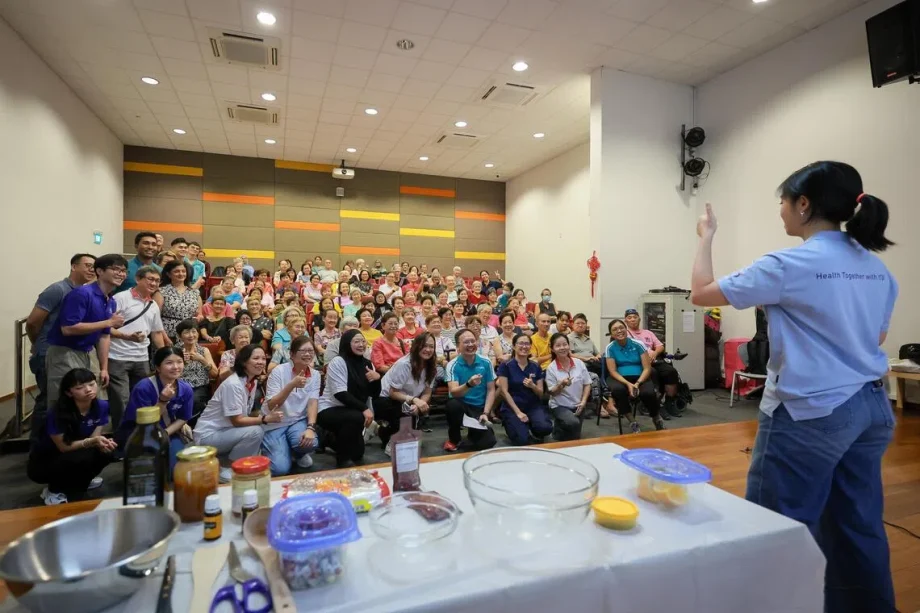SINGAPORE – An increasing number of seniors are
suffering from malnutrition,
according to healthcare providers here.
Malnutrition is broadly defined as a deficiency or imbalance in one’s intake of nutrients, and healthcare clusters here have found that older adults, especially those who are more frail and have to be hospitalised, are at greater risk of it.
The Straits Times looks at what you need to do to keep malnutrition at bay, and to maintain a healthy diet into old age.
Malnutrition can lead to muscle loss, cognitive impairment, increased frailty and a greater risk of falls and fractures, said Associate Professor Reshma Merchant, head and senior consultant of National University Hospital’s division of geriatric medicine.
NHG Health’s Adjunct Associate Professor Lim Yen Peng said inadequate intake of proteins, vitamins and minerals can also slow recovery from illnesses, affect mood and memory, and ultimately affect a person’s quality of life and independence.
The risk increases as you age, as older adults require a higher protein intake to maintain muscle mass, even as ageing is often accompanied by reduced appetite, altered taste and feeling full more quickly.
The 2022 National Nutrition Survey found that one in two adults aged 50 to 69 did not meet the recommended intake of 20g to 30g of protein per meal – the equivalent of a palm-size piece of chicken breast.
A visual way to check if your meal is balanced is to use the Health Promotion Board’s My Healthy Plate as a guide.
This means half the plate should be filled with vegetables and fruit, a quarter with whole grains such as brown rice or rolled oats, and the remaining quarter plate with proteins such as poultry, tofu, eggs and nuts.
By mixing and matching familiar local foods such as brown rice porridge, steamed chicken or fish, braised peanuts, eggs, vegetables and fruit, you can enjoy tasty meals that also meet your nutritional needs.






